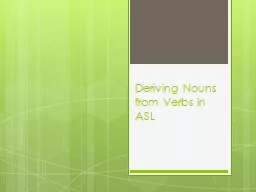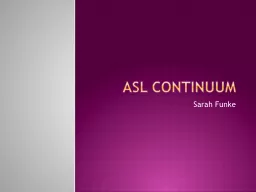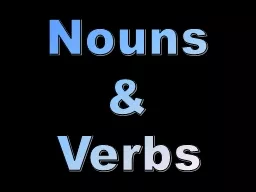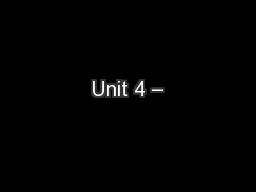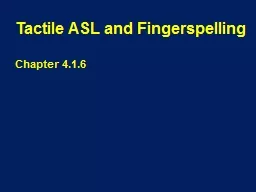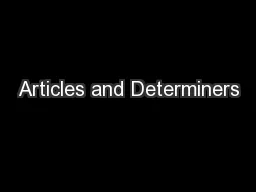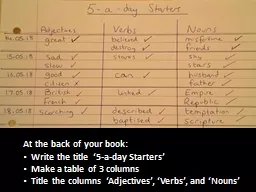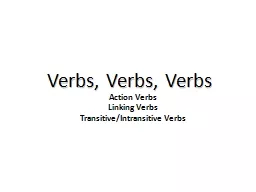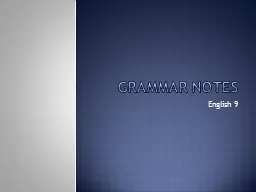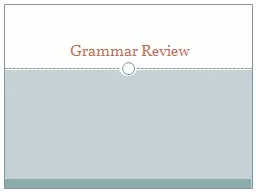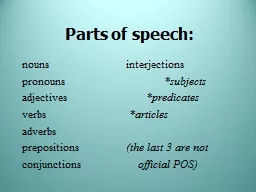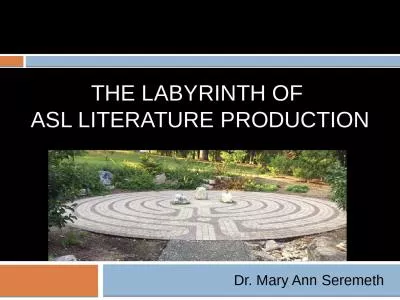PPT-Deriving Nouns from Verbs in ASL
Author : karlyn-bohler | Published Date : 2016-03-19
MorphemesProcess A morpheme that is a process changes the word in how its formed English example changing the stress on different syllables to change the meaning
Presentation Embed Code
Download Presentation
Download Presentation The PPT/PDF document "Deriving Nouns from Verbs in ASL" is the property of its rightful owner. Permission is granted to download and print the materials on this website for personal, non-commercial use only, and to display it on your personal computer provided you do not modify the materials and that you retain all copyright notices contained in the materials. By downloading content from our website, you accept the terms of this agreement.
Deriving Nouns from Verbs in ASL: Transcript
Download Rules Of Document
"Deriving Nouns from Verbs in ASL"The content belongs to its owner. You may download and print it for personal use, without modification, and keep all copyright notices. By downloading, you agree to these terms.
Related Documents

